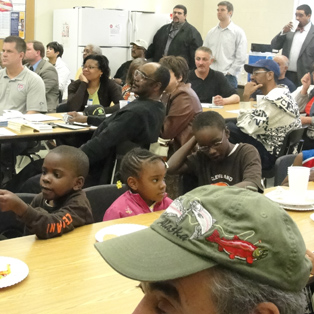The main purpose in developing a market oriented
neighborhood typology analysis is to characterize the market dynamics of each
neighborhood for the purposes of adopting effective market appropriate
revitalization strategies.
Neighborhood Typology
A quantitative measure of a
neighborhood’s condition based on five statistics:
- median household income
- owner occupancy
- percentage of mortgages that are subprime
- total number of foreclosures over defined
18-month time period - percentage of total parcels in Youngstown
containing either a vacant lot or vacant structure
The combination of these statistics
places a neighborhood under one of three typologies; each typology utilizes a
specific intervention strategy:
- stable typology with protective intervention
- transitional/intermediate typology with
revitalization intervention - distressed typology with redirection
intervention
Asset and Capacity Inventory
A qualitative measure
based on a neighborhood’s:
- assets – parks, new schools, and art and cultural
institutions - capacity – neighborhood groups and other
stakeholder institutions
This indicates existing assets from
which to build and the potential of resident participation in a neighborhood
being considered for development.



